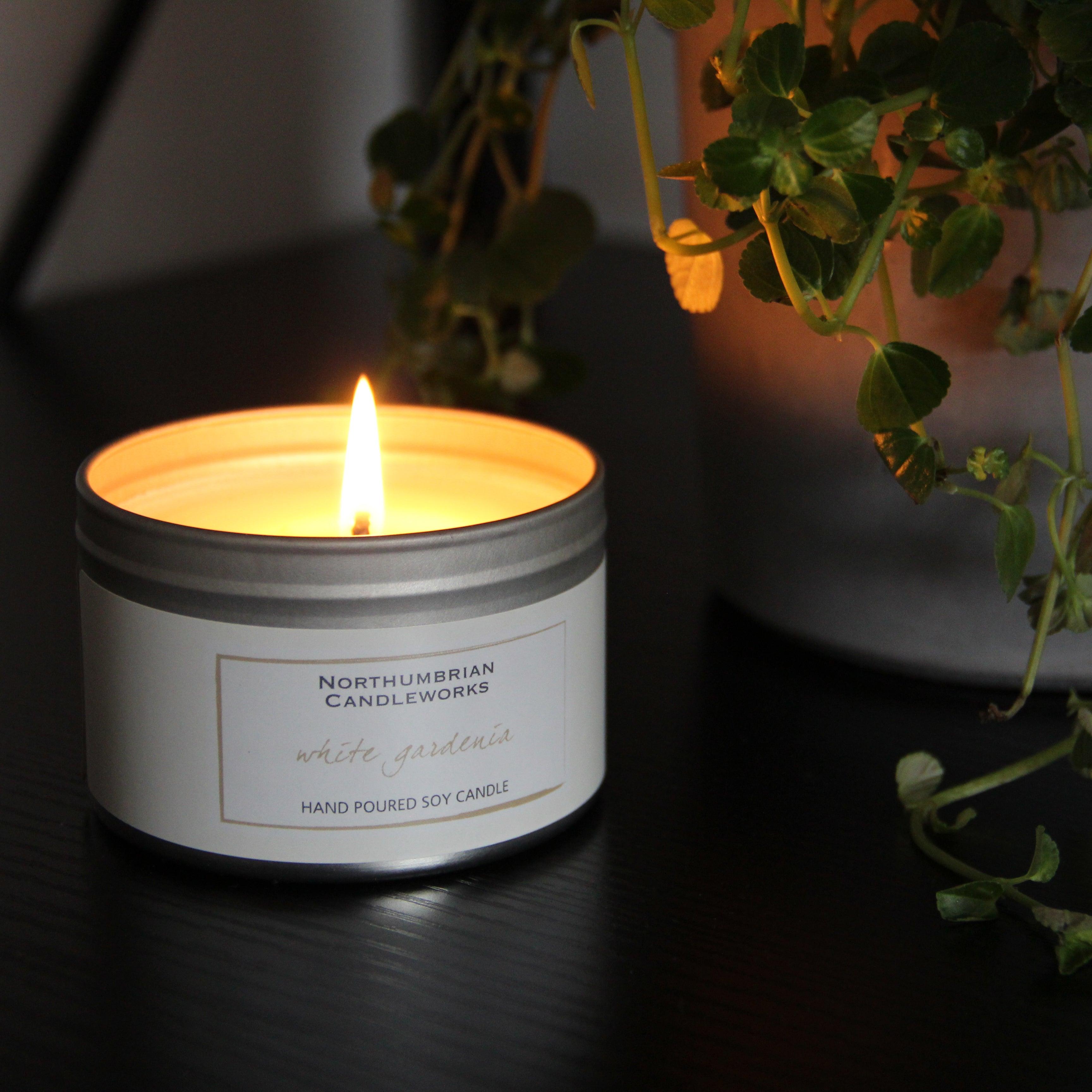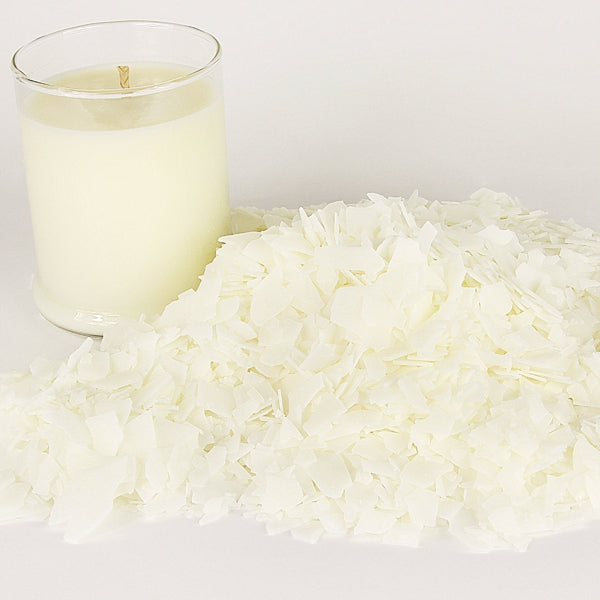Illuminate Your Setting with Crystal Soy Candles and Home Fragrance
Illuminate Your Setting with Crystal Soy Candles and Home Fragrance
Blog Article
From Wick to Wax: Recognizing the Chemistry Behind Soy Wax Candles and Their Ecological Impact
As we brighten our areas with the cozy glow of candles, there lies a world of complex chemistry behind the relatively straightforward act of lighting a soy wax candle. Join us as we untangle the scientific ins and outs behind soy wax candle lights and discover their implications on our atmosphere.
Soy Wax Vs. Paraffin Wax
When contrasting soy wax and paraffin wax for candle making, it is important to comprehend the unique features and advantages of each material. Soy wax is a natural, eco-friendly resource stemmed from soybean oil, making it biodegradable and green - soy wax candles. On the other hand, paraffin wax is a result of oil refining, which increases issues about its ecological impact and sustainability
Soy wax candle lights shed cleaner and give off much less residue compared to paraffin wax candle lights, making them a healthier selection for interior air high quality. Additionally, soy wax has a reduced melting point, enabling for a longer-lasting candle that spreads fragrance a lot more properly. Paraffin wax, on the other hand, has a tendency to shed faster and less easily, potentially launching harmful chemicals into the air.
From a sustainability viewpoint, soy wax is favored for its biodegradability and sustainable sourcing, aligning with the growing consumer choice for ecologically aware items. While paraffin wax has actually been a standard option in candle light making because of its price and simplicity of use, the change towards environment-friendly alternatives like soy wax is acquiring momentum in the market.
Chemical Structure of Soy Wax

Combustion Process in Soy Candles
The chemical structure of soy wax straight influences the combustion process in soy candle lights, influencing variables such as burn time, scent launch, and ecological influence. When a soy candle is lit, the warmth from the fire thaws the wax near the wick. This liquid wax is after that prepared the wick because of capillary action. As the fluid wax gets to the fire, it vaporizes and undertakes burning. The burning process involves the vaporized hydrocarbons in the wax responding with oxygen in the air to create warm, light, water vapor, and carbon dioxide.
The combustion efficiency of soy candle lights is influenced by the purity of the soy wax and the top quality of the wick. Additionally, soy wax look here candle lights have a lower ecological impact compared to paraffin candle lights due to their biodegradable and sustainable nature.

Environmental Advantages of Soy Wax

Taken into consideration a sustainable option to traditional paraffin wax, soy wax provides significant environmental benefits that make it a preferred selection among eco-conscious customers. Soy wax burns cleaner and generates less soot than paraffin wax, adding to much better indoor air top quality and lowering the need for cleansing and maintenance. On the whole, the environmental advantages of soy wax straighten with the growing need for sustainable and environmentally friendly items in the market.
Recycling and Disposal Considerations
Reusing and correct disposal of soy wax candle lights play an important role in preserving ecological sustainability and reducing waste in households and communities. When it comes to reusing soy wax candle lights, the initial action is to make certain that the candle has actually melted totally.

In regards to disposal, if recycling is not an alternative, soy wax candle lights are biodegradable Clicking Here and can be securely dealt with in the majority of house waste systems. It is always recommended to examine with regional recycling centers or waste administration services for specific standards on candle disposal to guarantee correct handling and ecological protection.
Conclusion
Finally, the chemistry behind soy wax candles reveals their ecological benefits over paraffin wax candles. Soy wax, originated from soybean oil, burns cleaner and produces less residue when contrasted to paraffin wax. The combustion process in soy candle lights is a lot more effective, leading to a much longer and more also burn. Furthermore, soy wax is eco-friendly and sustainable, making it a more sustainable selection for candle production. Reusing and appropriate disposal of soy wax candle lights additionally add to their ecological impact.
When contrasting soy wax and paraffin wax for candle light production, it is crucial to understand the distinctive features and benefits of each product (home fragrance).Soy wax candle lights melt cleaner and produce less residue compared to paraffin wax candles, making them a much healthier selection for indoor air top quality.Thought about a lasting choice to standard paraffin wax, soy wax supplies notable ecological advantages that make it a popular choice among eco-conscious consumers. Soy wax burns cleaner and creates much less residue than paraffin wax, adding to far description better interior air quality and minimizing the demand for cleansing and upkeep.In verdict, the chemistry behind soy wax candle lights exposes their ecological advantages over paraffin wax candle lights
Report this page